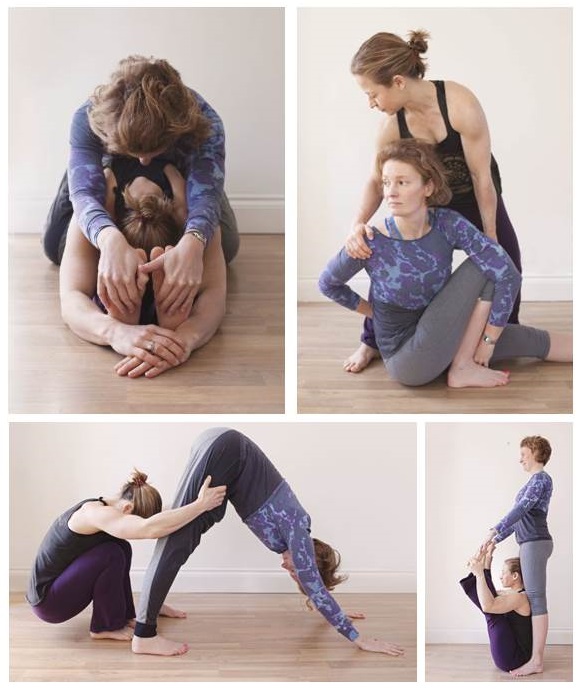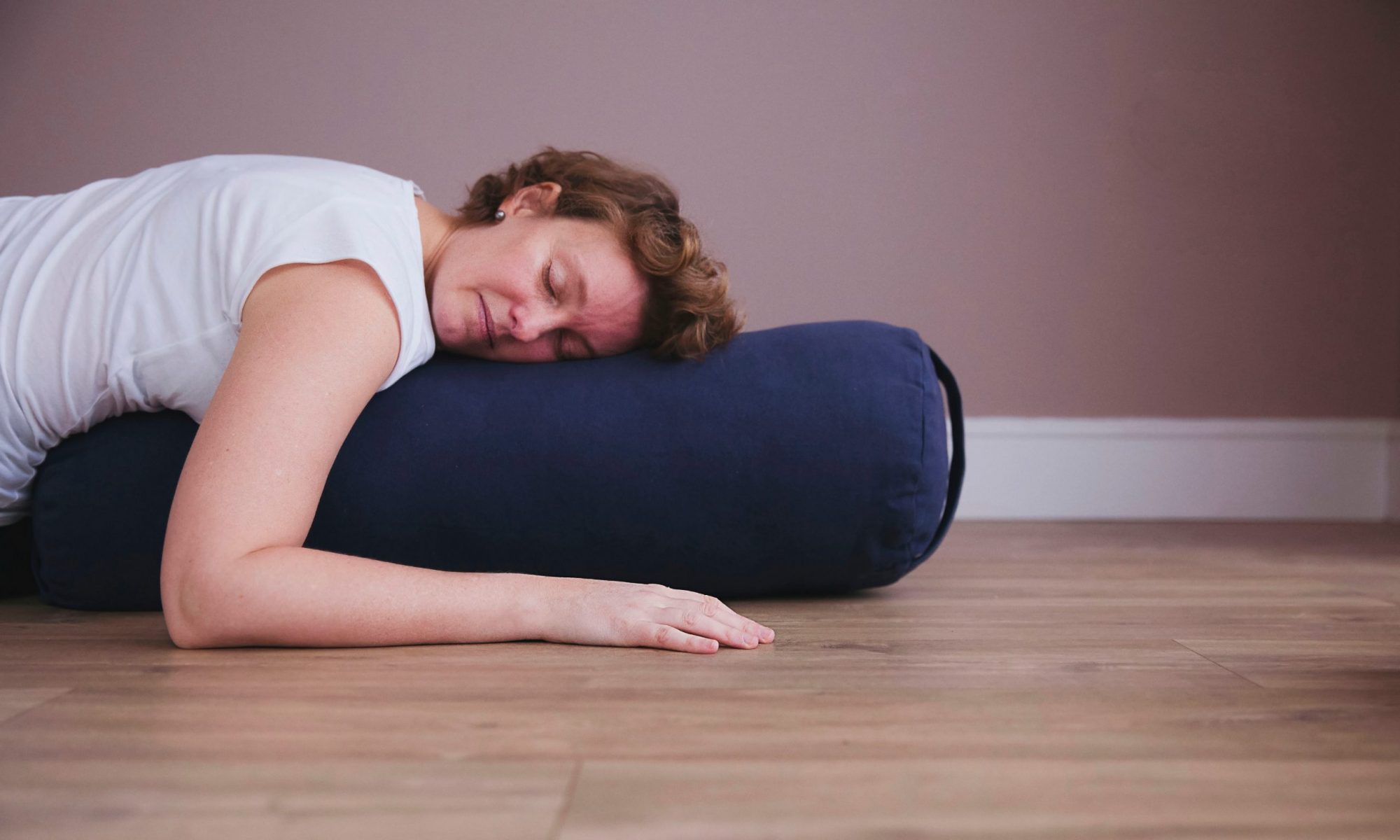You may be aware of the issue currently being discussed in the global yoga community. It’s around abuse allegations made against the ‘godfather’ of ashtanga yoga, K Pattabhi Jois.
In this #metoo era, there are many women speaking out about him sexually abusing them while he adjusted them in poses, and there’s also a lot of discussion around injuries sustained by him too.
I’m not going to comment on the allegations, but I strongly recommend you do some reading. Here are some excellent pieces:
[box] Articles on K Pattabhi Jois abuse allegations
Matthew Remski is a fantastic writer on yoga issues:
Yoga’s Culture of Sexual Abuse: Nine Women Tell Their Stories
Scott Johnson runs Stillpoint Yoga, a London hub for ashtanga:
Norman Blair is my yin yoga teacher and has practised ashtanga for many years:
[/box]
However, I do want to say a few words about being adjusted in class – primarily in an ashtanga class, but equally in any yoga class where you receive adjustments.
In ashtanga, in particular, there is a culture – or even an expectation – of strong physical adjustments. Teachers provide adjustments to help a student feel the correct alignment or to help a student go deeper into a pose.
I know there can be a ‘no pain no gain’ mentality in ashtanga but we must be kind to ourselves – there’s the yama ‘ahimsa’ meaning non-harming or non-violence.
A good adjustment doesn’t have to be forceful. A good adjustment will:
- facilitate an opening in the body, allowing perhaps a little extra length to be found
- create a more solid foundation in a pose.
Many adjustments can be intimate. There’s a lot of body contact. Here are some examples:

So if you’re receiving an adjustment and it doesn’t feel good or you feel it’s overstepped a boundary, you must tell the teacher. I know it can be hard to speak up but it’s your body and you know it best.
If you don’t want to receive adjustments, that’s ok. You can tell the teacher or perhaps they have some sort of consent process – Norman suggests using playing cards.
This is a biggie: A teacher also needs to know if they’ve injured you.
There’s a lot of talk in yoga about the importance of paying attention: how your feet feel on the floor in samastitihi, how the weather impacts nature, how your actions and words affect others. It also means paying attention to the darker issues facing the yoga world.
We must be aware. We can’t bury our heads in the sand. And we must be empowered practitioners, in control of our own body and practice.
Do you have anything to add? Any observations/experiences to share?
If you teach, feel free to share this with your students.


It’s your body and you know it best – never a truer word said and often I’m happiest at home practicing alone or in a practice group where nobody is adjusting anybody. It’s just you your breath and your body – no interruptions ❤️ Classes with a teacher you can trust is great, we all need a teacher at times but often I prefer an adjustment or even just verbal advice in the poses I’m working towards. Thank you Clare for always writing something wonderful xxx
Thank you for taking the time to read it and comment Natalie. Totally agree about the trust aspect. Xx
Thank you ladies for your comments. I’ve just started my teacher training and the advice is not to push the body into the perfect shape but let the yoga fit your body. To observe the class and give gentle verbal instruction if someone is struggling or light adjustment if allowed/agreed. Your point about injuries also important. I love this practice and thank you again for your knowledge sharing.
You’re very welcome Corinne. Good luck with the teacher training! X
Thanks Clare.
Totally agree – the best (and most intelligent) adjustments i’ve had haven’t been forceful.
I have learned to say ‘no thank you’ to being adjusted after feeling like strong repeated adjustments have contributed to an injury. But that is quite hard to do. I like it when a teacher checks in verbally before pushing an adjustment further, and also think those consent cards are such a good idea…!
Much love
Laura xx
Thanks for your comments Laura. See you soon I hope! With love x
Thank you Clare, great read. As a teacher I would like to say that it is VITAL that students give us feedback. In many cases our students are our best teachers – please let us know – good and bad!
With love
Cathy xxx
Feedback is a gift… thanks Cathy. Sending love x
Speaking purely from an ashtanga view I love this post. With my student head I love a good physical postural adjustment as it can show me what I can actually achieve. However when self practicing it is quite meaningless as I will not reach that expression. I tend to go through phases where I can be protective of my physical body and so I avoid classes at these times as I find I practice much more internally and drop the physical reaching in the asana allowing me to focus on breath, finding stillness and being relaxed. All of which I have been taught in a classroom through verbal (postural?) adjustments. All of whuch I can effectively obtain in a self practice.
Putting my very new teachers hat on I would be mortified if I did make a student uncomfortable and so feedback is so important. For a student to feel comfortable with saying no or advising me is an honour that they trust I can listen to them. I also think that as a teacher we can always just stand back, hands off is fine. There is so much to practice with ashtanga that verbal instructions I find can be practiced over years yet some physical adjustments can not as they are unobtainable by yourself which in turn can have a negative impact or worse end up in injury. Ashtangis maybe have more of a tendency to push. Maybe both as a student and teacher. In my practice it helps me to back off at times so that must also be the case as a teacher? It is just yoga. Relax and smile. Pushing hard on me in a forward bend when cold is not going to make me do either.
Dear Richard, thank you for your comments. ‘Relax and smile’ – I love that! Xx